DigiTIPS 2022 Program Details
On this page
sessions and speakers
Session 1—It's Not That Hard, but It's Not that Easy: International Standards and Guidelines for Cultural Heritage
THURSDAY JANUARY 27
International standards and guidelines are the framework around which cultural heritage institutions capture and share digital surrogates of their collections. What are those standards, and how are they changing? Who is using them? How are they being utilized in the field? This session introduces the current standards, as well as dives deeper into the relevant updates and new guidelines.
TALKS/SPEAKERS
 Truth in Imaging: Standards and Guidelines for Cultural Heritage, Peter D. Burns
Truth in Imaging: Standards and Guidelines for Cultural Heritage, Peter D. Burns, president, Burns Digital Imaging LLC
Abstract: For the past two decades, imaging experts organized under the ISO have developed standardized approaches for how to evaluate digital camera and scanner imaging performance. For example, measuring; resolution, exposure, noise, geometric distortion, and color. Several of these have been adopted under guidelines for imaging practice for cultural heritage communities. We describe how imaging guidelines are used to specify requirements, select equipment, and support quality assurance efforts. They have been instrumental in debunking the 'specsmanship' of marketing materials, and establishing a true, reliable connection between objects and images.
 US National Archives Digitization Regulations, Michael Horsley
US National Archives Digitization Regulations, Michael Horsley, electronic record format specialist, National Archives and Records Administration (NARA)
Abstract: NARA and Office of Management and Budget issued the memorandum M-19-21 that directs NARA to issue updated regulations and clear policies that permit agencies to digitize records created in analog formats and, where appropriate, dispose of analog originals. This presentation provides an update to the current status of the National Archives and Records Administration's (NARA) digitization regulations with a focus on the incorporation of the Federal Agencies Digital Guidelines Initiative (FADGI) technical guidelines. The standards in the regulation define the records management, quality control, and validation steps necessary to create digital surrogates that will serve as the new records copy in compliance with M-19-21.
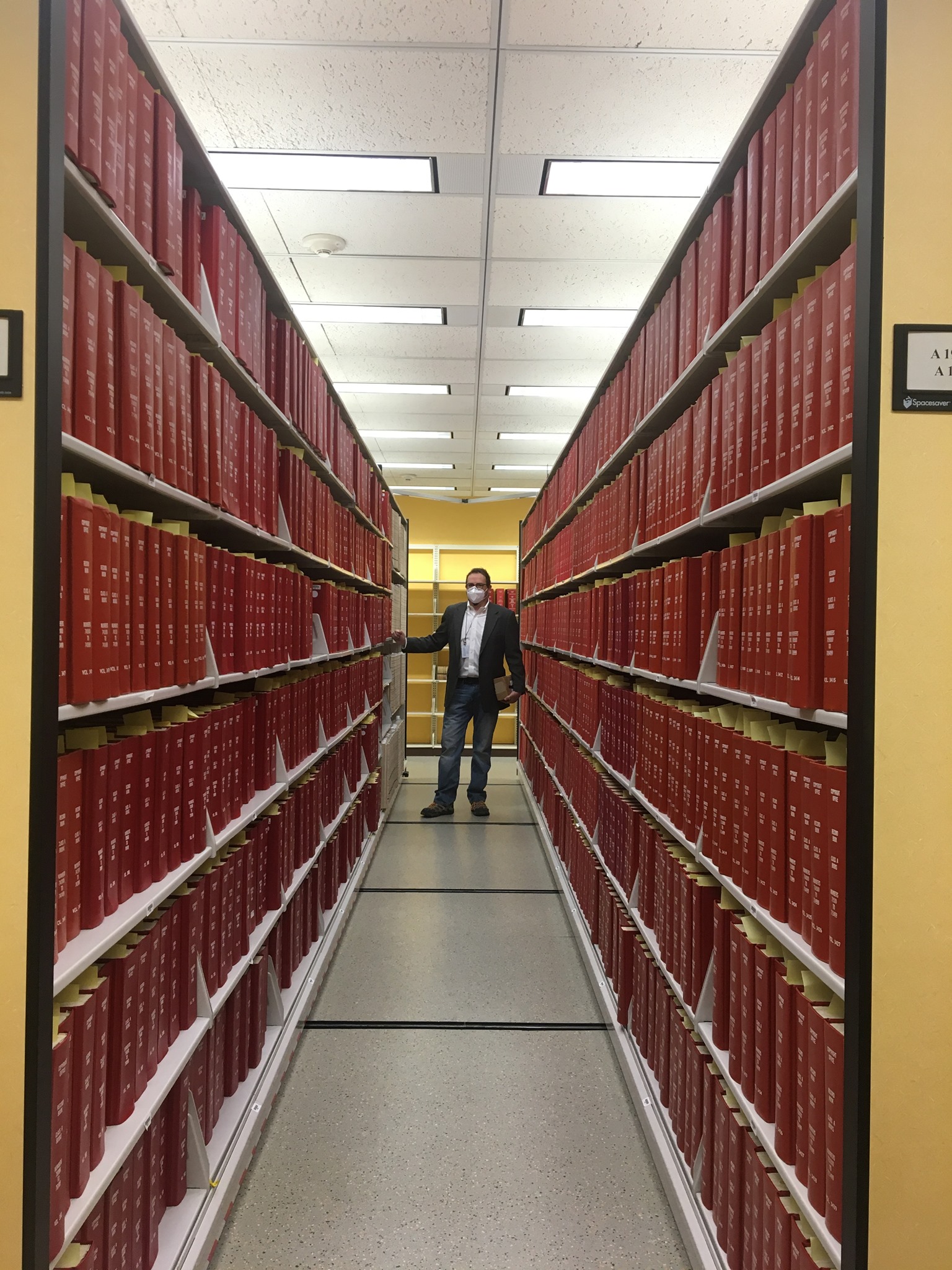 "Are they doing it right?" Vendor Compliance for FADGI and M-19-21, Jim Studnicki
"Are they doing it right?" Vendor Compliance for FADGI and M-19-21, Jim Studnicki, president, Creekside Digital
Abstract: Working with vendors can be an attractive option for the digitization of certain collections. But what can be done to maximize the chance of a successful outcome when vending out FADGI-compliant digitization work? Moreover, how can we tell that a vendor is doing their job and adhering to the FADGI guidelines and project specifications? This presentation will also explore M-19-21's impact on vendor-processed projects outside of the cultural heritage community.
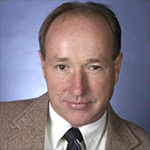 Sneak Peek at FADGI Still Imaging Updates, Don Williams
Sneak Peek at FADGI Still Imaging Updates, Don Williams, CEO, Image Science Associates
Abstract: The FADGI guidelines were conceived as a flexible ‘living’ document to accommodate evolving technology, education, and field practices. The current document released in 2016 was a major improvement from the previous version of 2010. Still, we are learning. With user feedback and updated standards, the community can expect to see changes in the narrative, star level tolerances, and new metrics near the first third of 2022. The narrative strives to offer a better educational and interpretation experience. Some star tolerances will be relaxed, while others may be tightened. New metrics, especially on resolution, SFR, and color encoding have already been tested and are ready to be adopted. This talk gives you a preview of what changes you can expect.
Session 2—Advancing The Image: Scientific Imaging vs. Digitization
TUESDAY FEBRUARY 22
In the cultural heritage community, "imaging," and "digitization," are sometimes used interchangeably, but are they in fact the same approach? What do scientific (or advanced) imaging and digitization have in common? How do they differ? Do the same standards and guidelines apply to both? Could one approach be improved by deploying some methods of the other? The session begins with a point/counterpoint discussion on imaging and digitization in cultural heritage collections, with deeper dives on both methods and a moderated discussion among all the speakers.
TALKS/SPEAKERS
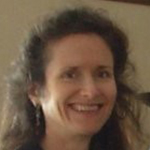
 Point/Counterpoint Imaging vs. Digitization: Is there a Difference? Fenella G. France
Point/Counterpoint Imaging vs. Digitization: Is there a Difference? Fenella G. France,
chief, Preservation Research and Testing Division
, and
Thomas Rieger, manager, digitization services, Digital Services Directorate, Library of Congress
Abstract: Using the terms digitization and imaging interchangeably has led to confusion when people refer to "imaging" as scanning. Integrating these approaches is a powerful tool for preserving and accessing heritage collections, with the need for a thoughtful nuanced approach to determine when to digitize, when to hybrid and "digi-image, and when cultural heritage exploration leads to a pure spectral imaging focus. Modern CH digitization and imaging initiatives blend science, technology, a sprinkle of art, and a large dollop of business management to tackle the challenge of digitizing millions of images a year in a sustainable, verifiable, and cost-effective way—while deciding which ones to explore more via advanced imaging techniques. Learn more about this from two of the world's leading experts in mass digitization and advanced imaging, Tom Rieger and Fenella France, respectively.
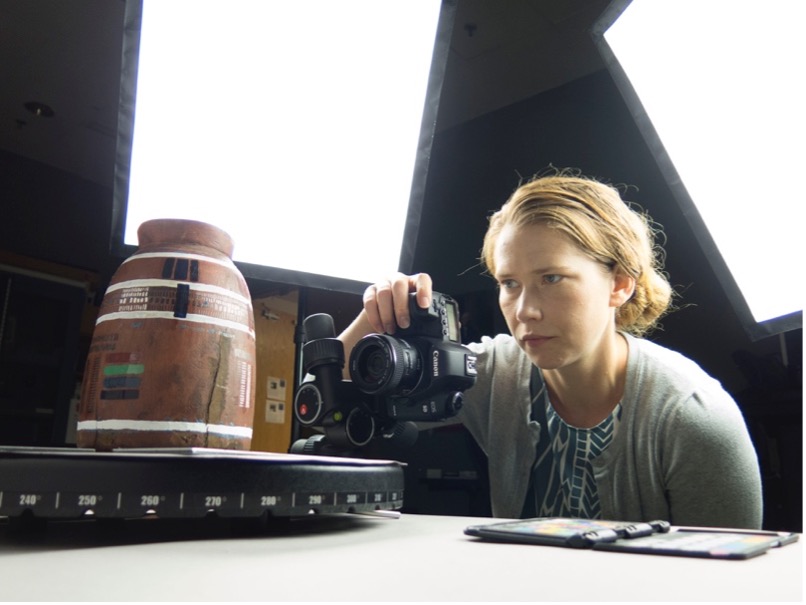 Imaging to Support Conservation and Research of Heritage Objects, E. Keats Webb
Imaging to Support Conservation and Research of Heritage Objects, E. Keats Webb, imaging scientist, Smithsonian Museum Conservation Institute
Abstract: The research and work conducted at the Smithsonian’s Museum Conservation Institute (MCI) Imaging Studio intersects three main categories of cultural heritage imaging: collections photography, conservation documentation, and scientific imaging. These categories are defined by different techniques, workflows, and applications, yet they are interrelated and overlap. Methods are borrowed from these categories (techniques, workflows, and best practices) to improve different techniques and resulting imagery with the aim of providing accurate and reliable records to support the conservation and research of Smithsonian collections.
 Beyond 3D Geometry and Color: Reproducing Surface-light Interaction
Beyond 3D Geometry and Color: Reproducing Surface-light Interaction,
Martin Ritz, deputy head Cultural Heritage Digitization, Fraunhofer Institute for Computer Graphics Research IGD
Abstract: 3D Digitization technology increasingly uses more automation to generate high-quality virtual counterparts of real-world objects at amazing quality. Yet even a perfectly color calibrated, high detail 3D model appears somewhat passive and just not close enough to reality, when rendered in 3D, especially during interactive change of the illumination. It is the optical material behavior that makes virtual 3D replica of physical objects come to life, particularly if based on physical capturing. We propose two ways of capturing and reproducing the physical response of materials and entire objects to changes in any combination of incoming light direction and observer direction.
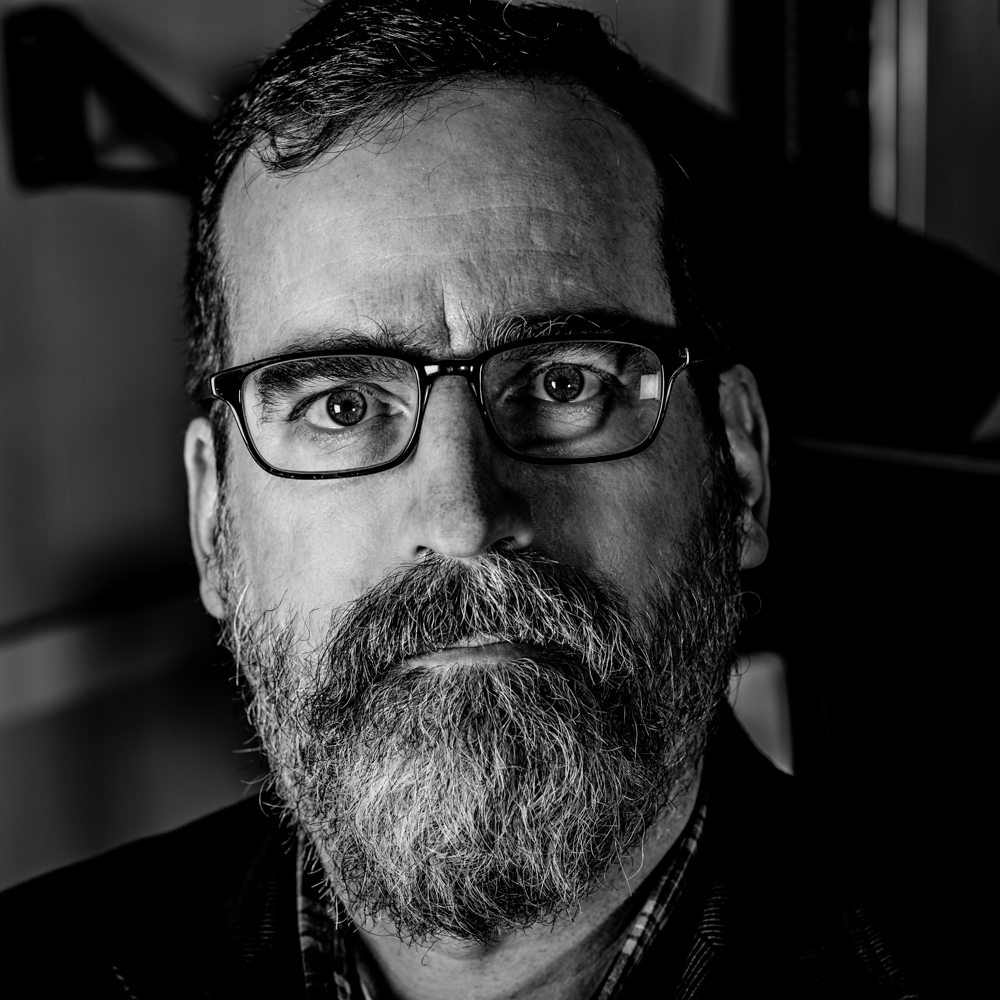 Advancing the Image Through Automation: Leveraging the Interplay Between Human and Machine, Michael J. Bennett
Advancing the Image Through Automation: Leveraging the Interplay Between Human and Machine, Michael J. Bennett, head of Digital Imaging and Conservation, University of Connecticut
Abstract: Imaging automation systems are examined from the perspectives of initial workflow mapping, prototyping, and the identification of bottlenecks and unwanted variance. The interplay of human, machine, and software are then discussed in the context of flexible system design, and rapid, iterative imaging. Achievable quality, and consistency of resulting image sets are finally noted in a broader reflection on traditional vs. newly evolving views of "scale" and their implications on raw and rendered image data within memory institutions.
 For Whom the Belt Rolls: Designing Purposeful Conveyor Automation in Digitization, Peter Grisafi
For Whom the Belt Rolls: Designing Purposeful Conveyor Automation in Digitization, Peter Grisafi,
imaging specialist, PICTURAE Inc.
Abstract: Automation in digitization must be designed to serve the purposes of the digital images and data created. While a conveyor brings efficiency to automation, it alone lacks sufficiency for a complete digitization workflow. This talk illustrates how Picturae’s conveyor systems go beyond image capture and integrate into the broader goals of digital collections.
Session 3—Unlocking the Text: Tools for Taking Text Beyond Just the Image
WEDNESDAY MARCH 30
Historically, the digitization of text-based cultural heritage collections has focused on capture and access; now, with advancing tools and growing digital collections, an image of the text is not enough. Today institutions and their users require that text-based collections are searchable, transcribable, and harvestable. This session discusses informatics tools for new methods of seeing and understanding collections such as OCR, artificial intelligence (AI), machine learning (ML), and data visualization to enhance digitized collections at scale. While there have been standards and guidelines on the capture of text-based collections for decades, as we continue to grow the needs and abilities of tools like OCR, ML, and AI, are there similar standards for creating these large data sets of cultural heritage texts?
TALKS/SPEAKERS
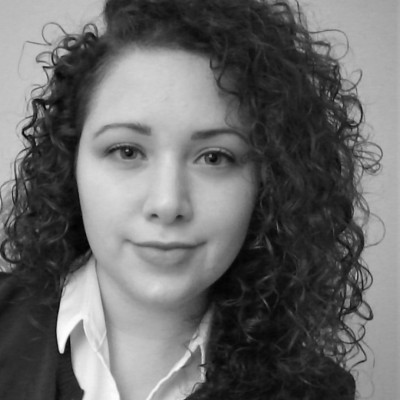 Guiding the Crowd: Community Standards for Transcription Data at Smithsonian Transcription Center, Emily Cain
Guiding the Crowd: Community Standards for Transcription Data at Smithsonian Transcription Center, Emily Cain, community coordinator, Smithsonian Institution
Abstract: What does it mean to invite the public to participate in the generation of cultural heritage data? For nearly 9 years, the Smithsonian Transcription Center has been connecting more than 60,000 global volunteers to the vast and diverse collections of the Smithsonian Institution. Drawing from this experience and using examples from across disciplines, this talk explores the many questions and considerations involved in collaboratively building and revising guidelines for crowdsourcing transcription that empower and inspire digital volunteers to help achieve your collections goals.
 Crowdsourced Transcription Tools and Methods, Victoria Van Hyning
Crowdsourced Transcription Tools and Methods, Victoria Van Hyning, assistant professor of library innovation, University of Maryland, College of Information Studies
Abstract: Using crowdsourcing methodologies to create text transcriptions, and using crowdsourcing to extract data from textual sources are two different things. Which is the right approach for your institution or project? This talk explores several existing platforms and methods that can be used to create textual data of different kinds. Examples are drawn from my personal experience of co-creating projects such as Shakeaspeare's World and Science Gossip on the Zooniverse.org platform; the LOC’s By the People Project, and other projects built on the From the Page platform. Each platform and project set up confers different advantages and presents different challenges in terms of the usability of the resulting data. This talk advocates for the ingestion of crowdsourced textual data alongside digital images of the original sources on cultural heritage discovery platforms, and/or publication through other means to facilitate data use and reuse.
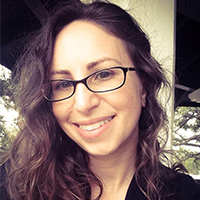 Building Capacity for Data-Driven Scholarship, Jamie Rogers
Building Capacity for Data-Driven Scholarship, Jamie Rogers, assistant director of digital collections, Florida International University
Abstract: This talk provides an overview of "dLOC as Data: A Thematic Approach to Caribbean Newspapers," an initiative developed to increase access to digitized Caribbean newspaper text for bulk download, facilitating computational analysis. Capacity building for future research in Caribbean Studies being a crucial aspect of this initiative, a thematic toolkit was developed to facilitate use of the project data as well as provide replicable processes. The toolkit includes sample text analysis projects, as well as tutorials and detailed project documentation. While the toolkit focuses on the history of hurricanes and tropical cyclones of the region, the methodologies and tools used may be helpful to both content providers and researchers beginning to delve into computational text analysis on a wide range of topics.
 Historian and Machine: Applying Machine Learning to Testimonies of Violence, William Mattingly
Historian and Machine: Applying Machine Learning to Testimonies of Violence, William Mattingly, postdoctoral Fellow for the Analysis of Historical Documents, Smithsonian Institution Data Science Lab
Abstract: Testimonies of violence detail some of the most personal and horrific accounts in individuals’ lives. In this talk we will look at two modern collections of testimonies: one from Holocaust survivors and the other from South Africa’s Truth and Reconciliation Commission. As historical texts, they are delicate, partly due to their sensitive nature and partly due to their proximity to the present. Through Natural Language Processing (NLP) and Machine Learning (ML), we can computationally process and parse hundreds of thousands of pages to extract large-scale understanding and meaning. These documents, however, require us to constantly question the ethical implication of our endeavor. Where is the balance between historian and machine? This is the question that shall frame our discussion.

 OCR and AI Case Study: The National Geographic Society Peru Albums, Julie McVey
OCR and AI Case Study: The National Geographic Society Peru Albums, Julie McVey, manager of the National Geographic Digital Preservation Archive Project, National Geographic, and
Doug Peterson, head of R+D and Co-Owner, Digital Transitions (DT Heritage and Pixel Acuity)
Abstract: The National Geographic Society Library + Archives, along with technology partner Digital Transitions, present on their exploratory project using informatics tools to increase accessibility of early twentieth century photo albums, which document Hiram Bingham’s excavations of Machu Picchu and subsequent expeditions. This project used OCR to automate transcription of caption information and AI tools to identify and extract date, place names, and keywords. In addition to the technical challenges and opportunities, this presentation also discusses the ethical and political questions raised by using AI to enhance culturally sensitive archival collections.
Session 4—Entering the Metaverse: Collections Data
TUESDAY APRIL 26
For cultural heritage institutions, the shift to more remote and/or hybrid work brought about by the COVID-19 pandemic has allowed for increased attention to collections data: cleaning it, crosswalking it, opening it, sharing it, and reconsidering how it describes the institution's holdings. This session focuses on methods to expand the usability and authenticity of cultural heritage collections data, such as accessibility initiatives, crosswalking metadata between various schema, and the emerging practice of "reparative cataloging," which aims to consider and address historical cataloging practices that have excluded, misunderstood, discriminated, or harmed invested communities.
TALKS/SPEAKERS
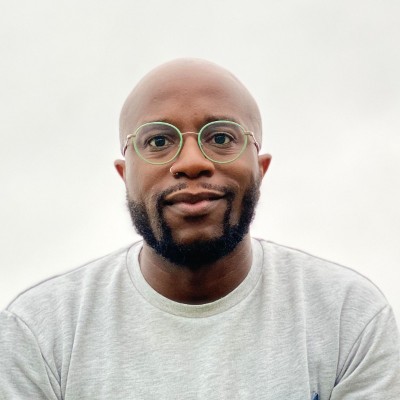
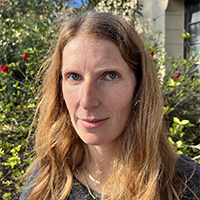 Who’s Who: Identifying Individuals in the JPC Archive, Steven D. Booth
Who’s Who: Identifying Individuals in the JPC Archive, Steven D. Booth, archivist, and Laura Schroffel, digital archivist, Johnson Publishing Group
Abstract: The Johnson Publishing Company (JPC) Archive documents the breadth of African American life and culture from the mid-1940s through 2008. It contains the images published in JPC’s many magazines, notably Jet and Ebony, including unpublished works that depict historically significant events as well as slice-of-life moments, personalities and celebrities, politics and politicians, activists and movements, and everyday Americans who celebrated anniversaries and achievements. In this talk, representatives from the Getty Research Institute (GRI) discuss their initiative to convert approximately 75,000 names identified in the collection into linked data using OpenRefine.
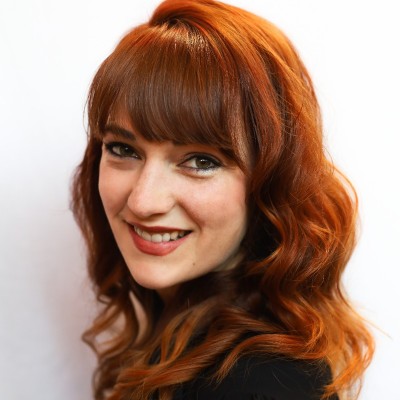
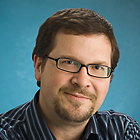
 Unmuting Your 'Silent Images' with Photo Metadata, Caroline Desrosiers
Unmuting Your 'Silent Images' with Photo Metadata, Caroline Desrosiers, founder and CEO, Scribely;
David Riecks and
Michael Steidl, IPTC Photo Metadata Working Group
Abstract: Learn how embedded photo metadata can aid in a data-driven workflow from capture to publish. Discover what details exist in your images; and learn how you can affix additional information so that you and others can manage your collection of images. See how you can embed info to automatically fill in “Alt Text” to images shown on your website. Explore how you can test your metadata workflow to maximize interoperability.

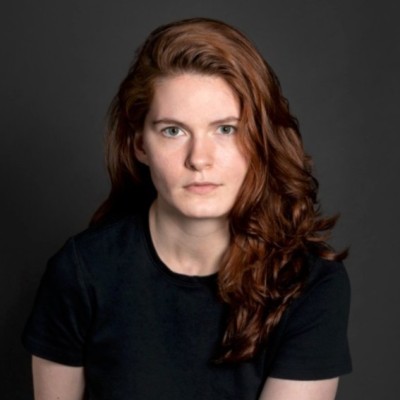 Guidelines for Writing Image Descriptions for Digital Accessibility, Cailin Meyer
Guidelines for Writing Image Descriptions for Digital Accessibility, Cailin Meyer, assistant registrar, and
James Tiller, photographer, Smithsonian National Museum of Natural History (NMNH)
Abstract: At the start of the global pandemic, Cailin Meyer and James Tiller teamed up to write “Guidelines for Writing Image Descriptions for Digital Accessibility” for the NMNH. This document guides users on how to write alternative text for scientific images; previously only guidelines for art images existed. With the recent advent of being able to embed alternative text and extended descriptions directly into digital image’s XMP data, image data has the potential to become more accessible than ever before.
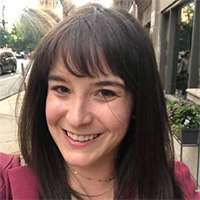 Describing and Vibing: Engaging with Museum Guests in the Description Process, Jessica BrodeFrank
Describing and Vibing: Engaging with Museum Guests in the Description Process, Jessica BrodeFrank (she/her), digital collections access manager, Adler Planetarium, and doctoral research student, University of London, School of Advanced Study
Abstract: Museums have experimented with, and invested in, crowdsourcing over the last decade; perhaps most notably on transcription projects such as the Smithsonian Transcription Center, Scribes of the Cairo Geniza project, and the Freedmen’s Bureau project. Transcription is still one of the core tasks offered on crowdsourcing platforms, however, more than just textual collections can be used in crowdsourcing projects, and more tasks than transcription can be leveraged to enrich them. This presentation looks at metadata crowdsourcing projects as a way to expand access points and enhance representation by framing these projects as a mission centric engaging activity with the public.
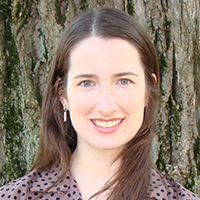
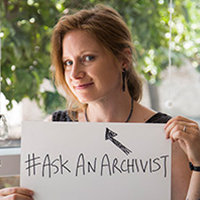
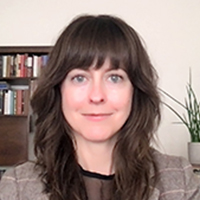 Doing the Work: Reparative Archival Description at the Getty Research Institute, Lauren McDaniel
Doing the Work: Reparative Archival Description at the Getty Research Institute, Lauren McDaniel, special collections archivist,
Kit Messick, manager of special collections cataloging and processing, and
Sarah Wade, special collections archivist, Getty Research Institute
Abstract: In recent years, archivists have looked increasingly at their standards and practices through a critical, social justice lens. Many have now taken concrete steps to address and rectify issues of racism, distortion, erasure, and other bias in their existing archival description, as well as establish guidelines going forward. In this session, representatives from the Getty Research Institute (GRI) discuss the goals, challenges, and benefits of the work of their cross-departmental Anti-Racist Description Working Group, which formed in the wake of the Black Lives Matter protests of summer 2020.
Supplemental On Demand Short Courses
Expand your knowledge by registering for any or all of these On Demand Short Courses, recorded at Archiving 2021. Downloadable course notes provided. Access recordings multiple times until 31 July 2022. See the Attend tab for fees.
SC04 Best Practices for Implementing a FADGI Compliant Color Digitization Workflow Instructors: David R. Wyble and Thomas Rieger Length: 4 hours
SC05 Updated Scanner & Camera Imaging Performance: Ten Commandments Instructors: Peter Burns & Don Williams Length: 2 hours
SC06 Digitization of Federal Records to Comply with US National Archives Regulations Instructors: Michael Horsley and Don Williams Length: 2 hours